How Much Are Freshwater Pearls Worth: The Definitive Guide to Value

Freshwater Pearls Basics
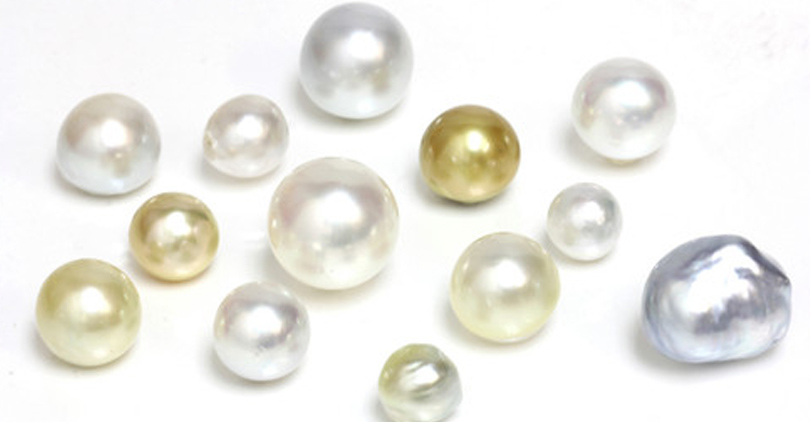
Sleek, eye-catching, yet affordable. Freshwater pearls are intriguing. They grow in freshwater Hyriopsis cumingii mussels in China, Japan, the United States, and others. The mussels are nucleated with 1.0mm squares of donor mantle tissue within its body, prompting pearl production.
Unlike saltwater pearls, freshwater pearls grow in lakes, man-made ponds and rivers rather than in the ocean. They are versatile, owing to their wide range of colors, shapes and sizes—features that make them an excellent choice for designer jewelry. The rich and captivating luster of freshwater pearls is influenced by the amount of nacre produced during their formation.
Freshwater Pearls Grading System
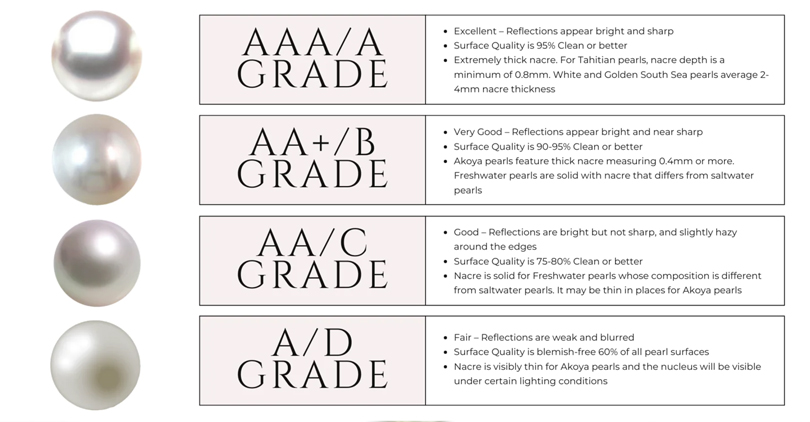
If you do not understand pearl grading, you will get confused about how to know its quality. So, here’s a guide to help you get through that:
AAA Grade: Pearls that make it to this category have less than 5% deviation from the spherical shape. Their almost perfectly round shape, brilliant luster, and little or no variation in tone, shape and color. They also have little to no blemishes or pits on their surface. AAA-A-graded pearls are of the highest quality.
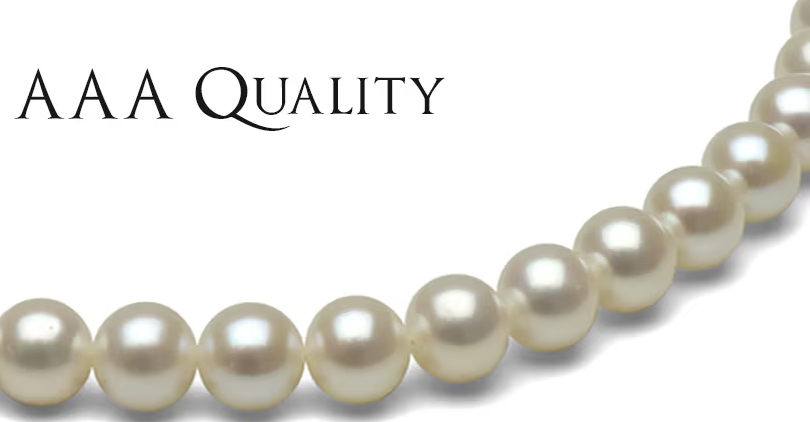
AA+ Grade: Right below the AAA grade, freshwater pearls in this category have a great luster with minor blemishes of between 5-10%. They usually come in a circular or oval shape. You will also find them easy to match because their color, tone, size and shape have little variations.
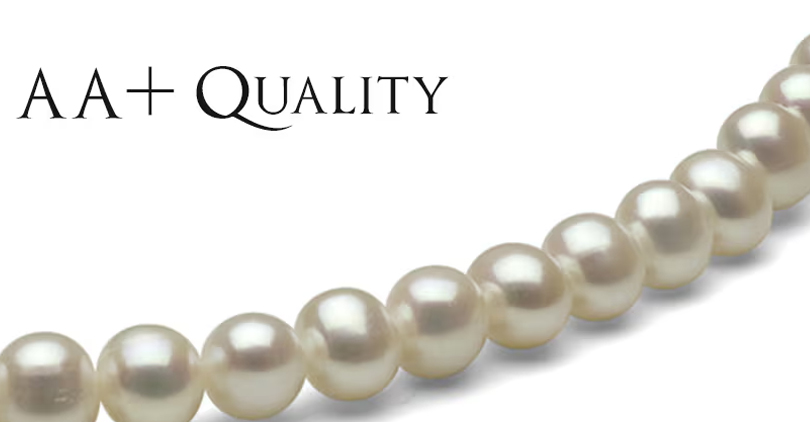
AA Grade: Here, you can expect to find around a 20% blemish rate for freshwater pearls of this grade. You will also find visible spots and imperfections in its shape. Pearls in this category have a fair luster with moderate reflection. Although there are variations in tone, color, luster, size or shape, these pearls can be matched.
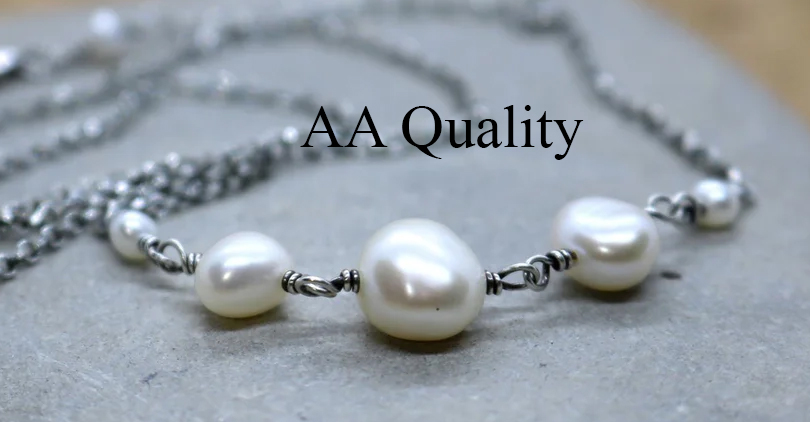
A Grade: Freshwater pearls of this grade are off-round with poor reflection when exposed to light sources, owing to fair to poor luster. You should expect about 50% blemish on each pearl surface.
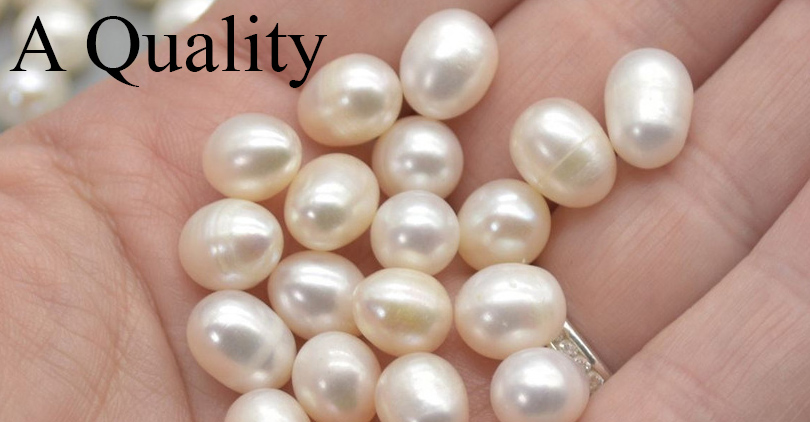
Freshwater Pearls Value Indicators
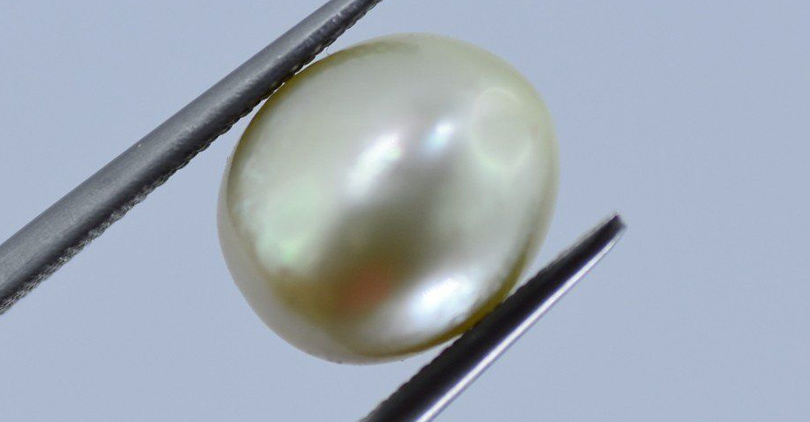
Like all pearls, there are some qualities to watch to help you understand their value. Some of those factors are their luster, size, shape, color, surface quality and nacre quality.
Luster: the value of freshwater pearls is determined first by luster. This is how well they shine or reflect light. Luster is the feature that gives them their flamboyant, shiny reflection. It is critical in determining the value of freshwater pearl or pearl jewelry as it is the first thing you see when you come face-to-face with them.
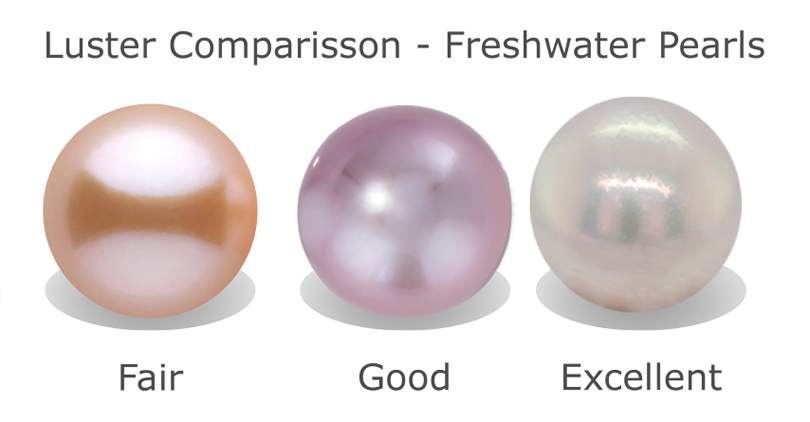
Size: The bigger the pearl, the more expensive it is. Freshwater pearls can be as small as 4.00mm, while some grow to 12.00mm. These days, some reach 16.00mm. Pearl size is a strong value indicator because producing large pearls means that they stay in the shells for longer periods, often leading to a low survival rate and decreased market supply. That makes large pearls rare and highly valued.
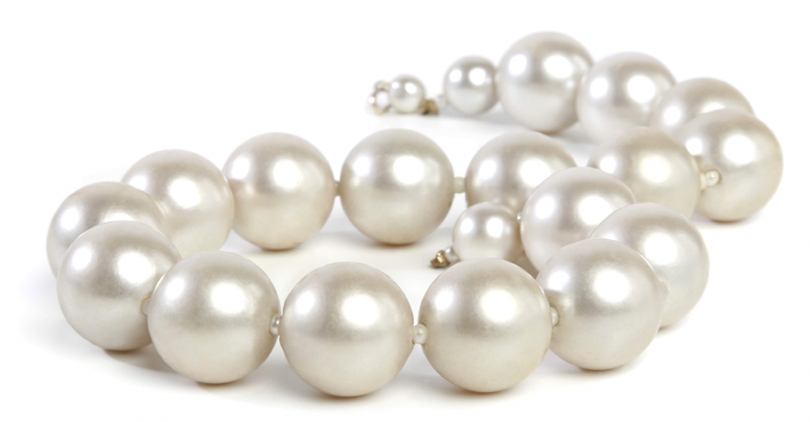
Shape: It is no secret that rounder freshwater pearls are usually more valuable, with other value factors being equal. Perfectly round pearls are rare and only make up a tiny percentage of the total harvest. So, you can expect them to have more value.
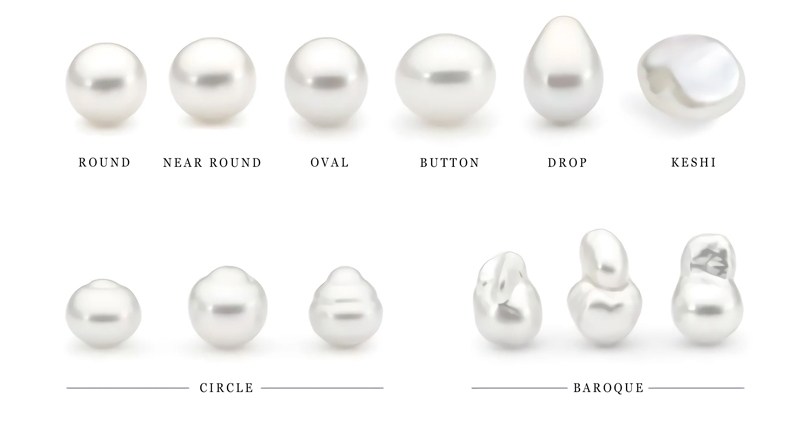
Color: The natural colors of freshwater pearls are white, lavender, peach and pink, and they usually have a rose, cream or silver overtone. You may find black pearls too, but those have been dyed or color-treated. But here’s the thing about freshwater pearl colors; while all pearls have a body color, many do not have orient, overtone, or both. So, freshwater pearls with orient and overtone will usually have more value than those without.
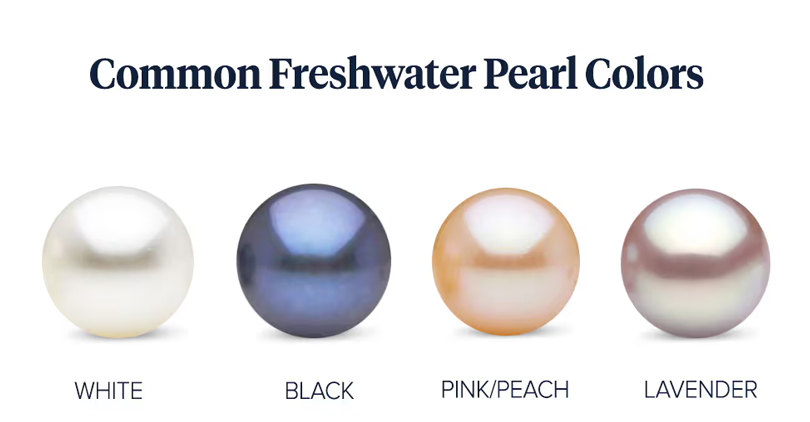
Surface Quality: visible blemishes like wrinkles and pits affect the value and durability of pearls. Naturally, pearls come with some degree of irregularities and blemishes that you may overlook if they are not clearly visible to your eyes. Freshwater pearls like that have more value, but ones with clearly visible pits and blemishes are not as valuable.
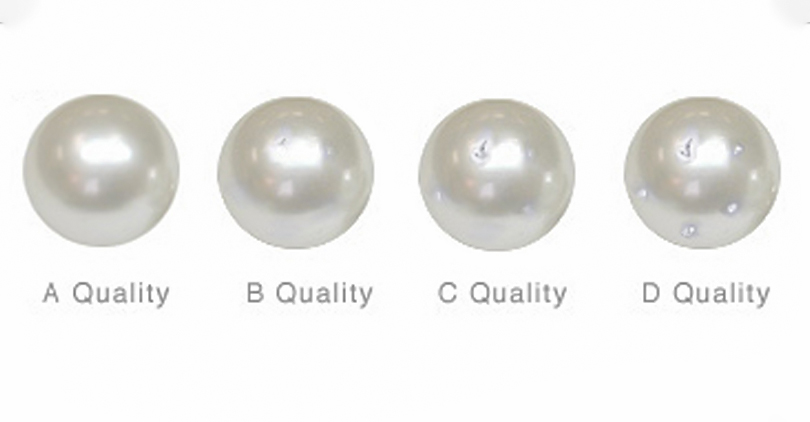
Nacre Quality: pearls with thicker nacre are pricier. As is the case with cultured pearls, when an oyster encounters an irritant, it responds by coating that irritant with several layers of nacre. The nacre content of a pearl determines its value.
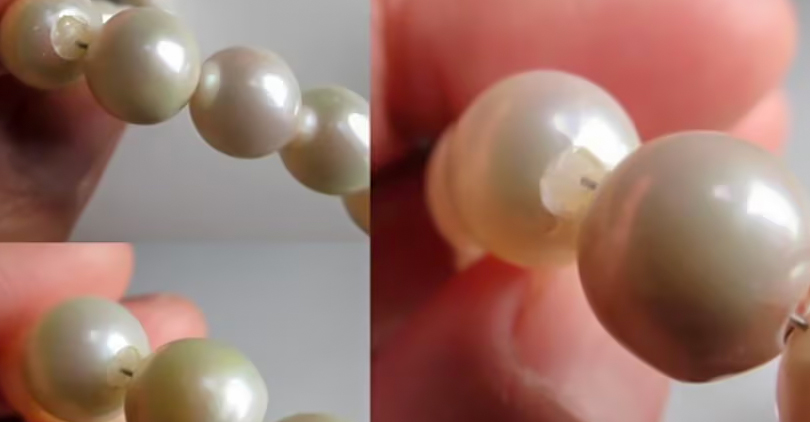
Tips for Selecting Freshwater Pearls
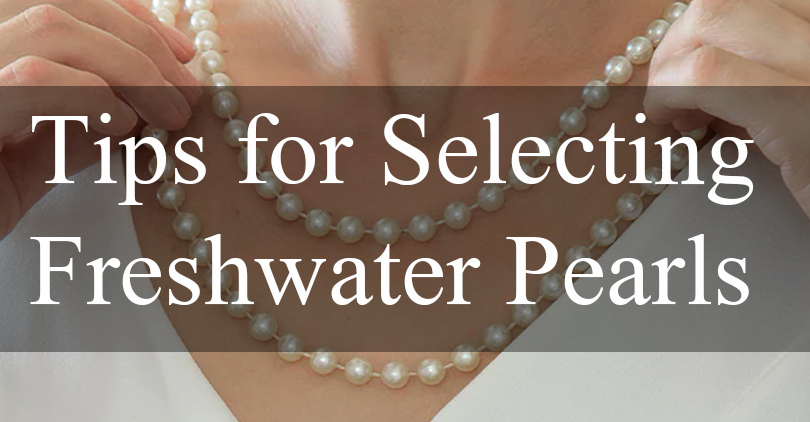
Shopping for pearls can be fascinating and sometimes confusing. If you’re looking to buy pearls, you could be caught in the middle. Here are tips for selecting freshwater pearls:
●Ensure they are original: How would you know? Fortunately, we have 11 tips to help you spot fake pearls.
●Consider luster: it is the first quality to look out for. Avoid pearls with a chalky or dull appearance. The better the shine, the higher the value.
●Check for blemishes: Pearls with obvious blemishes are of low quality, and you’d want to avoid such.
●Consider the shape: Most genuine pearls are hardly round. They come in several shapes. Whether round or not, if pearls are completely uniform, that could be a sign that they are fake.
●Weigh them: Genuine pearls are heavier than fake pearls.
●Check for holes: Fake pearls have larger, obvious holes, and their shiny paint coating would peel off.
Finally, also consider your fashion needs and budget. You want to select pearls that match your clothing while staying within your budget.
Freshwater Pearls FAQs
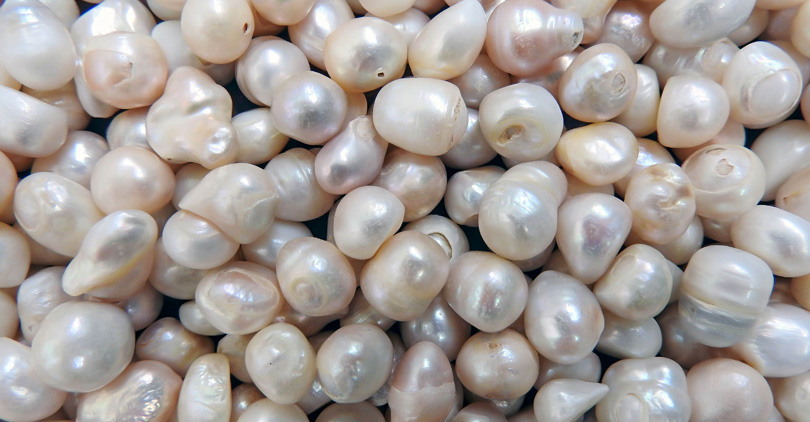
Are freshwater pearls inherently less valuable than saltwater pearls?
Yes, for the most part. Unlike saltwater oysters, freshwater mussels can produce up to 30 pearls per time. Freshwater pearls can be mass-produced, which means they are not as rare as saltwater pearls.
What factors should be given priority when selecting freshwater pearls for jewelry?
Consider the luster, shape, size and surface quality. Also, ensure the pearls you select are genuine. Follow the guidelines in this article to select the right freshwater pearls for your jewelry.
How can I effectively care for and maintain the value of my freshwater pearl jewelry?
Always clean them after each use. Gently wipe them with soft clothing. Avoid harsh cleaning products and exposure to sweat and heat. Do not use them when bathing or swimming. When dressing up, let them be the last thing you put on. To prevent scratches, store your freshwater pearls in a linen pouch or partitioned jewelry box lined with a soft cloth.
Can freshwater pearls be customized for specific jewelry designs?
Yes. You can customize freshwater pearls to suit specific jewelry designs of your choice. This is best handled by a professional.
Are there ethical considerations associated with freshwater pearl harvesting?
Yes. It is best to avoid over-harvesting wild mollusks and altering water bodies for the sake of freshwater pearl harvesting. Mollusks used in pearl farming should also be taken care of and put in the right environment.
Are there specific cultural or symbolic meanings attached to freshwater pearls?
Yes. In several cultures, they could symbolize wealth, royalty, luck or love. For instance, the Chinese see it as a symbol of wealth and luck, and the Japanese see it as a symbol of elegance. The native Americans believe they have spiritual values and use them in their religious ceremonies.
Conclusion
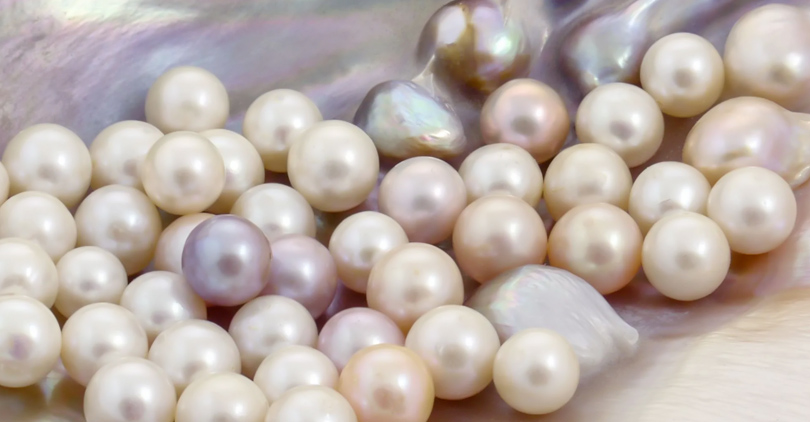
Freshwater pearls are popular because they are durable, versatile and affordable. Their popularity has made them an excellent fashion item, and some collectors keep them for their value. Amazingly, freshwater pearls are more than just gemstones. They symbolize feminine energy, purity, wealth and serenity. In some cultures, they also have spiritual value.
Whether you want them for their unique appearance, as a fashion item for your latest clothing, or as a symbol of spiritual importance, Freshwater pearls are captivating and always a good choice for you.


Leave a Comment